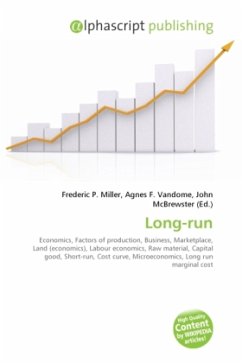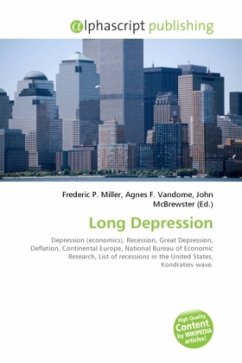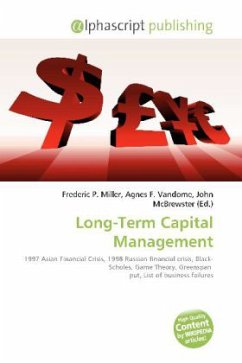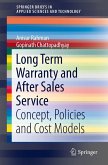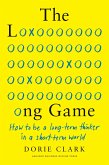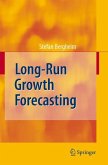In economic models, the long-run time frame assumes no fixed factors of production. Firms can enter or leave the marketplace, and the cost (and availability) of land, labor, raw materials, and capital goods can be assumed to vary. In contrast, in the short-run time frame, certain factors are assumed to be file. This is related to the long run average cost (LRAC) curve, an important factor in microeconomic models. A generic firm can make these changes in the long-run: Enter an industry, Increase its plant, Decrease its plant, Leave an industry. Long run marginal cost (LRMC) refers to the cost of providing an additional unit of service or commodity under assumption that this requires investment in capacity expansion. LRMC pricing is appropriate for best resource allocation, but may lead to a mismatch between operating costs and revenues. In long run equilibrium, the LRMC=Long run average total cost (LRATC) at the minimum of LRATC. In macroeconomic models, the long run assumes full factor mobility between economic sectors, and often assumes full capital mobility between nations. The concept of long run cost is used in cost-volume-profit analysis and product mix analysis.
Bitte wählen Sie Ihr Anliegen aus.
Rechnungen
Retourenschein anfordern
Bestellstatus
Storno

